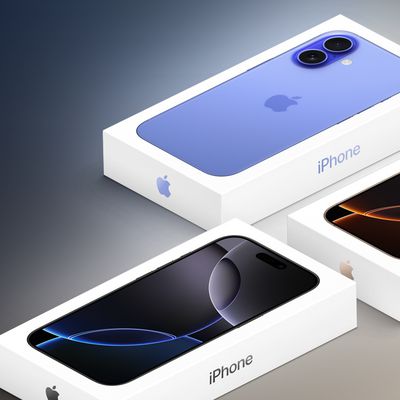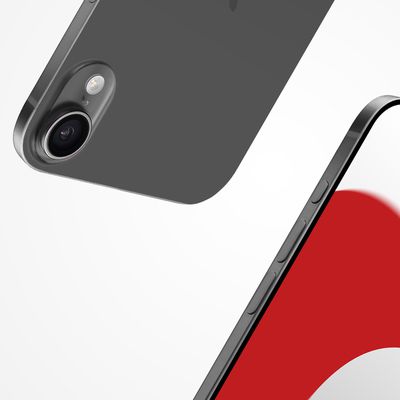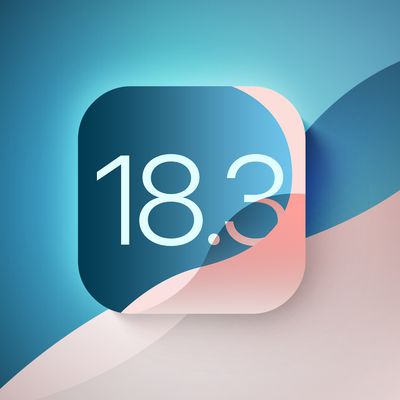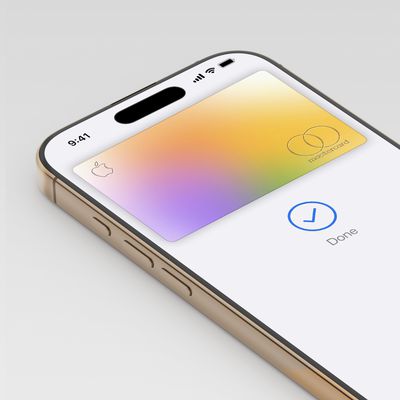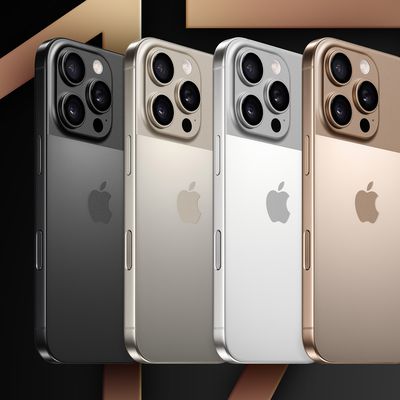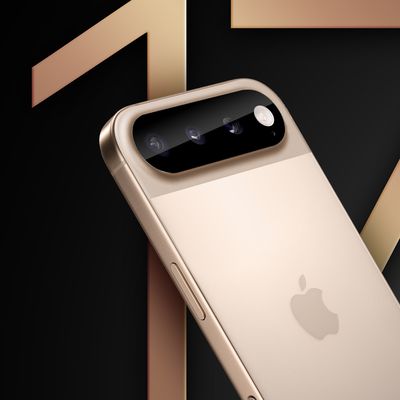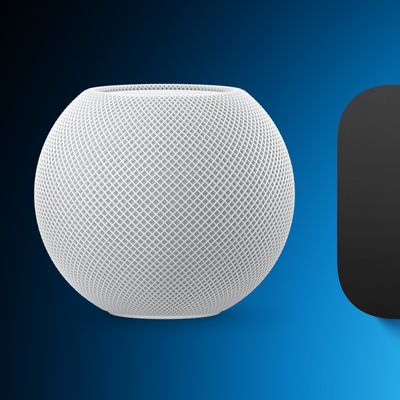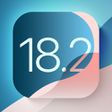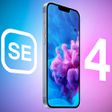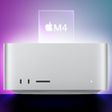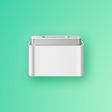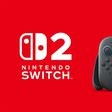Throughout 2005, Apple continued to apply for numerous touch-screen technology patents. These patents aren't simply attributable to the rumored touch-screen iPod. Many of the patents have shown Mac OS X elements and interfaces.
The most recent addition was filed in September 2005 and called "Operation of a computer with touch screen interface". Again, individuals at Apple appear to be spending a lot of time on the potential interface for users of a touch screen device. The patent describes the the possible advantage of touch screens by being able to "glean much more information about a user's actions" than from conventional keyboards.
The methods described are intriguing in that it appears that there could be a level of refinement to the touch interface that has not been present in previous devices. Again, Apple describes the utility of offering a multi-touch capable display which can process multiple figures and gestures to provide additional information.
The authors describe a number of interesting potential techniques to gather more information from the user operating the virtual interface (keyboard and GUI elements on the screen)
- Both pressure and time of screen presses could also be used to interpret action and intention by the users. (Chart)
- In one example, the user might be required to hold down on a "delete" button longer than is required to activate the "keep" button for an item. The delete function requiring more time to ensure that data is not accidentally erased. (Picture)
- Gestures are described to provide additional "hidden" functionality. For example, in describing an on-screen keyboard, a user could press on the letter "e" and then stroke the finger in a particular direction away from the letter to invoke a special variation (such as ). (Picture). Of historical interest, individuals at Apple had done research into similar point/flick gesture interfaces in 1994 ("T-Cube: a fast, self-disclosing pen-based alphabet") when researching alternative input methods for the Newton.
- Additional gestures may be required to activate special functionality... "wiggle" is given as an example. Again, the Newton allowed users to erase text by simply performing a zig-zag "crossing out" gesture over the text. (Quicktime Movie).
While patent applications do not necessarily mean these technologies will turn up as shipping products, it's clear a significant portion of research at Apple involves touch-screen technology. Rumors of a Tablet Mac last peaked in 2003 with a traditionally reliable source of information pointing to a Mac OS X tablet at that time:
(2003) My sources sketch the following picture: A device that superficially resembles a large iPod with an 8-inch diagonal screen, lacks a keyboard, packs USB and FireWire ports, and runs Mac OS X along with a variety of multimedia goodies.
Steve Jobs was skeptical of the success of the Tablet form factor in 2002. Indeed, the Tablet PC's have not been a great success, but with Microsoft/Intel's introduction of the Ultra Mobile PC form factor, the market may see a renewed interest in tablet devices.
As a final interesting hint, in July of 2005 a small company called FingerWorks cryptically posted that they had ceased operations as a business. Multiple reports indicated that the company had been sold, but details were scarce. According to individuals close to the company, Apple had indeed purchased the company and related technology/patents. At the time, FingerWorks had offered advanced input devices, including a multi-touch product called iGesture Pad which allowed users to use Gestures to interface with their Mac. At the time it was thought that Apple was interested in touch and click-wheel related technology for the iPod, but the Gesture/MultiTouch technology may have been an important part of the acquisition.


